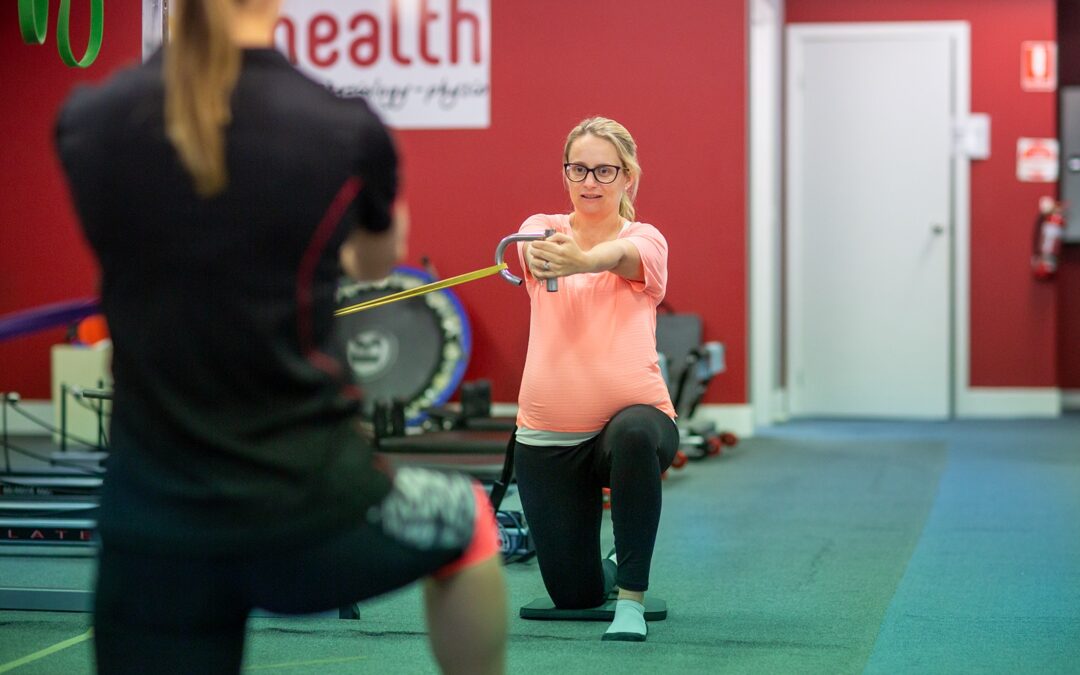Progressive Resistance Training for Shoulder Impingement
Background
Conservative management for people with shoulder impingement normally includes exercise therapy to strengthen the rotator cuff muscles as well as scapular stabilising muscles. Research has shown that exercise therapy can be just as effective as surgical intervention for the reduction of shoulder pain in people with shoulder impingement. The goal of exercise therapy is to increase the strength, endurance and/or muscular hypertrophy of the scapula stabilising and rotator cuff muscles. Control and progression of exercise variables including intensity, duration, frequency and load are crucial to achieve this. However, most clinical research studies in exercise for shoulder impingement vary widely in their prescription of exercise and do not closely control these exercise variables.
Method
A recent research study looked at the benefits of a closely controlled progressive resistance training program for people diagnosed with sub-acromial shoulder impingement. Participants in this study were assigned to either a progressive resistance training (PRT) group or a control group which performed no exercise. Participants in the PRT group participated in exercise therapy to strengthen the muscles around the shoulder twice per week for 2 months. The exercise variables in this study were closely monitored and progressed over the 2 months to optimise increases in muscle hypertrophy, strength and endurance.
Results
After the 2 month intervention, participants in the PRT group significantly decreased shoulder pain at rest and during movement as well as improvements in shoulder and upper limb function, where as the control group made no improvements. Participants in the PRT group also reported taking significantly less pain analgesics and NSAIDs compared to the control group at the completion of the 2 month intervention.
Clinical Implications
Whilst the benefits of exercise therapy for shoulder impingement have been previously shown, this study highlights the need for specific exercise prescription to optimise improvements in shoulder pain and function for people with shoulder impingement. When prescribing exercise for shoulder impingement, if the goal of the exercise therapy is to increase muscle hypertrophy, strength or endurance the intensity, frequency, duration and load should be closely monitored and progressed to achieve these goals, just as in any exercise program.
References
Lombardi, I., Magri, A. G., Fleury, A. M., Da Silva, A. C., & Natour, J. (2008). Progressive resistance training in patients with shoulder impingement syndrome: a randomized controlled trial. Arthritis Care & Research, 59(5), 615-622.
If you want more information on Progressive Resistance Training for Shoulder Impingement or have any questions about exercise:
- Comment below!
- Call us on (03) 9857 0644 or (07) 3505 1494 (Paddington)
- Email us at admin@mdhealth.com.au
- Check out our other blog posts here
Our staff would be happy to have chat if you have any questions.



